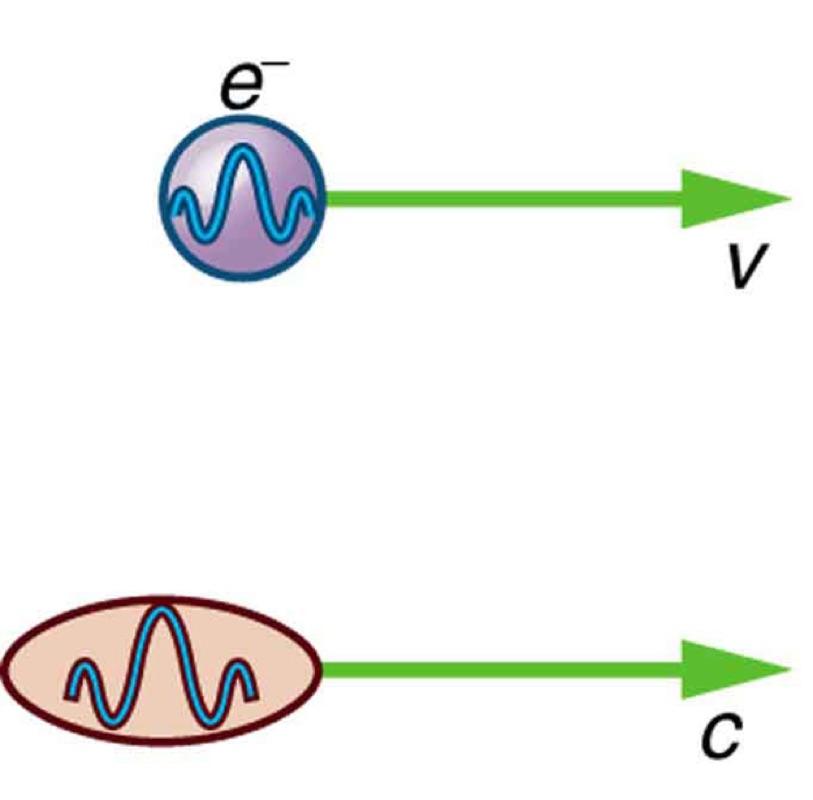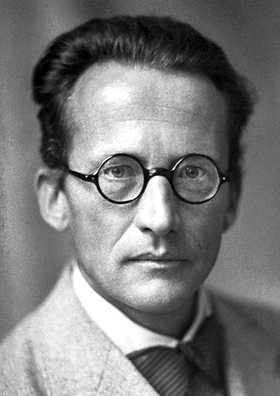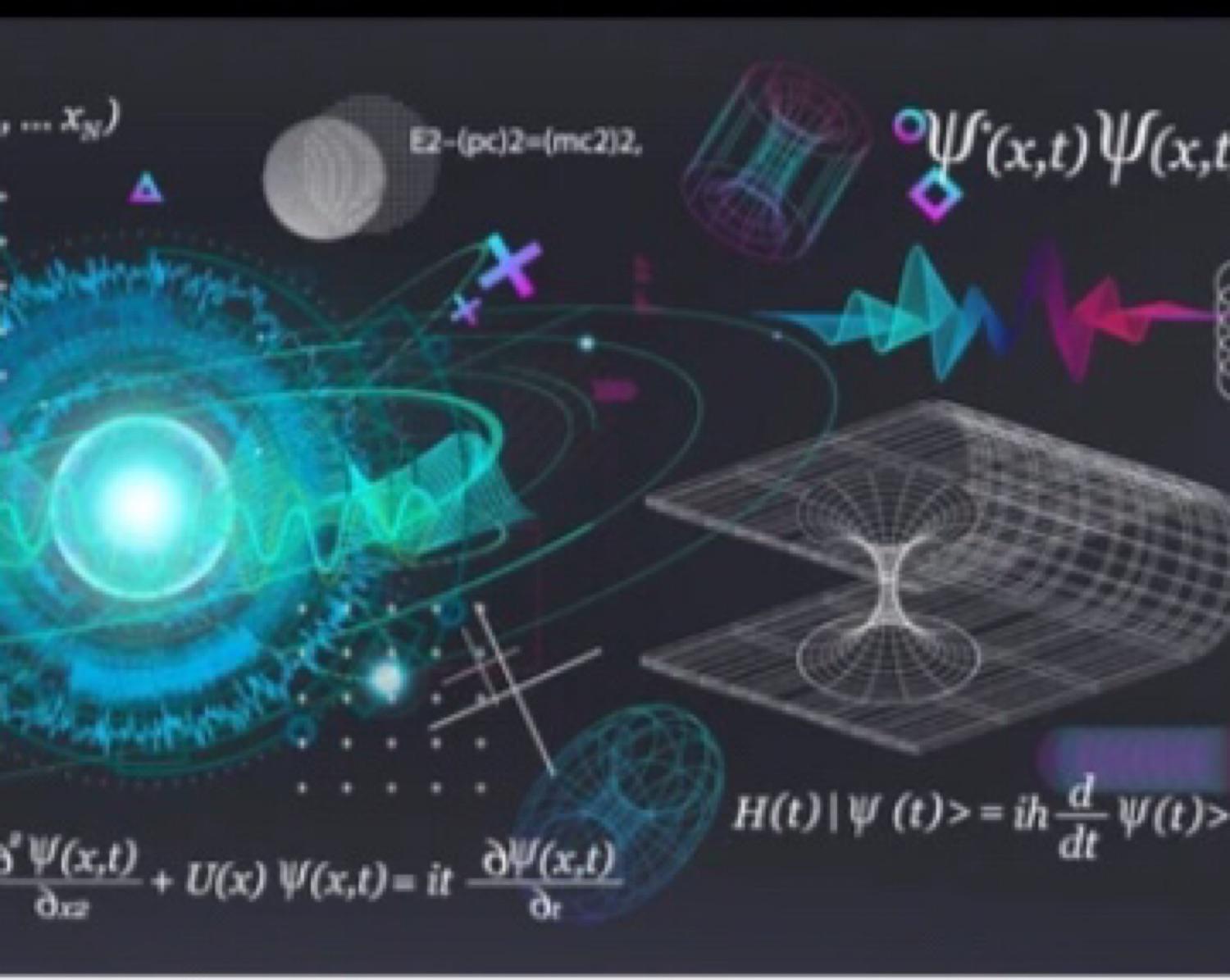Wave-Particle Duality
- “Quantum mechanics” is the description of the behavior of matter in all its details and, in particular, of the happenings on an atomic scale.
- Historically, the electron, for example, was thought to behave like a particle, and then it was found that in many respects it behaved like a wave. So it really behaves like neither.
- One of the consequences is that things which we used to consider as waves also behave like particles, and particles behave like waves; in fact everything behaves the same way. There is no distinction between a wave and a particle.
347
817 reads
CURATED FROM
IDEAS CURATED BY
The more one seeks to rise into height and light, the more vigorously do ones roots struggle earthward, downward, into the dark, the deep — into evil.
Richard Phillips Feynman (May 11, 1918 – February 15, 1988) was an American theoretical physicist, known for his work in the path integral formulation of quantum mechanics, the theory of quantum electrodynamics, the physics of the superfluidity of supercooled liquid helium, as well as his work in particle physics for which he proposed the parton model. For his contributions to the development of quantum electrodynamics, Feynman received the Nobel Prize in Physics in 1965 jointly with Julian Schwinger and Shin'ichirō Tomonaga.
“
The idea is part of this collection:
Learn more about books with this collection
How to create customer-centric strategies
The importance of empathy in customer success
The impact of customer success on business growth
Related collections
Similar ideas to Wave-Particle Duality
Erwin Schrödinger proposed a paradox
Erwin Schrödinger was a Nobel prize-winning physicist. Schrödinger proposed a paradox in 1935 to illustrate a point in quantum mechanics about the nature of wave particles.
At the center of quantum theory is the idea of a wave function. A wave-function describes all the possible states sub...
Quantum Mechanics
In quantum mechanics, particles do not possess well-defined positions and speeds. Rather, these values are represented by something called a wave function.
A wave function is a set of numbers, each one representing a different point of space. The size of the wave function ...
Matter
After Einstein, the pull of symmetry became more powerful.
- Paul Dirac, trying to make quantum mechanics compatible with the symmetry requirements of special relativity, found a minus sign in an equation, suggesting the existence of "antimatter."
- Wolfgang Pauli, trying to acc...
Read & Learn
20x Faster
without
deepstash
with
deepstash
with
deepstash
Personalized microlearning
—
100+ Learning Journeys
—
Access to 200,000+ ideas
—
Access to the mobile app
—
Unlimited idea saving
—
—
Unlimited history
—
—
Unlimited listening to ideas
—
—
Downloading & offline access
—
—
Supercharge your mind with one idea per day
Enter your email and spend 1 minute every day to learn something new.
I agree to receive email updates



